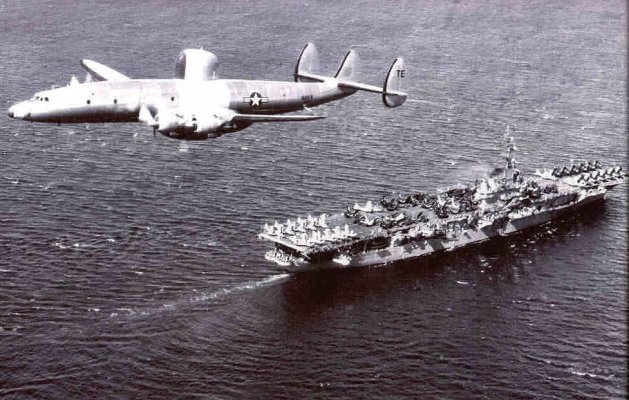The stoichiometric ratio is the chemical ratio to get 100% combination of available oxygen from the air with available carbon and hydrogen in the fuel - with energy released from the breaking of the C-H and C=C bonds in the fuel.
In a gasoline engine, you need to maintain a fuel/air ratio somewhere around stoichiometric in order to get it to ignite and burn rapidly with a spark ignition.* If it's way too rich or lean, you won't get it to ignite at all.* If it's a bit rich or lean, you'll get slower flame propagation, so the burn won't complete quickly enough for its energy to be transferred to the piston.
*
But for best fuel economy (as opposed to maximum power), you want to be a bit on the lean side.* That is, you want to make certain that there's an available oxygen molecule for every C-H and C=C bond in the fuel so that none go out the exhaust pipe intact.* Don't know if you've read any of the stuff about the GAMI fuel injectors for Continental aircraft engines, but the whole thing there is getting balanced mixtures between cylinders so that you can safely run way lean of rich without damage at lower power settings.
Diesel's another story, however.* You're always running way lean of stoichiometric.* When the injector pops, fuel is introduced into air that is hot and compressed enough that it burns almost instantly (with the distinctive diesel "knocking" shound) and completely (because there's plenty of spare oxygen available).* This is part of the reason for the diesel engine's superior fuel efficiency.*
But since you don't need a flame front to spread quickly throughout a fuel/air mixture, you can get by with "excess" oxygen.*
As far as the clogged injector ramifications, Rick is spot on.* A single*partially clogged injector in a gas motor causes that cylinder to run lean, and lean mixtures cause excess heat because of the slow flame propagation.* Lean mixtures are also more prone to detonating.* So that cylinder can run hot enough to do damage.* (An excessively rich mixture also causes slow flame propagation, but the excess fuel acts as a coolant - reference taking off at full rich mixture on piston aircraft engines).
But a single clogged injector on a diesel engine simply causes that cylinder to produce less power.**The scenario that is similar to a clogged injector in a gas motor is an injector providing too much diesel - usually the wrong injector installed, especially in DD engines.* Now one cylinder is overfueled, probably not enough to*make enough black exhaust to notice, but*enough to put a hole*through a piston top eventually.
I'm not real good at explanifying this stuff, I'm afraid... let me know if this makes any sense and I'll try*to do better if it doesn't.*
*



